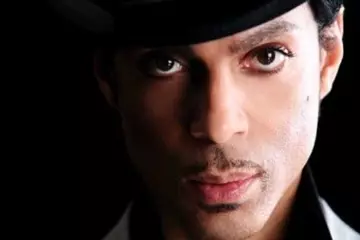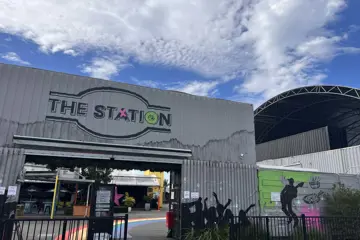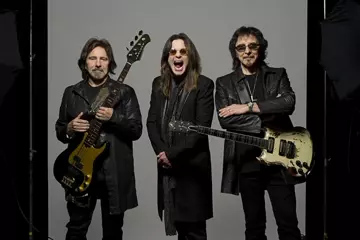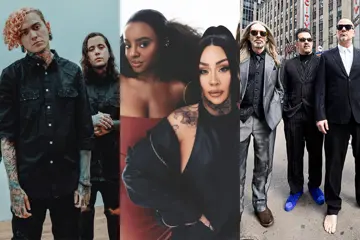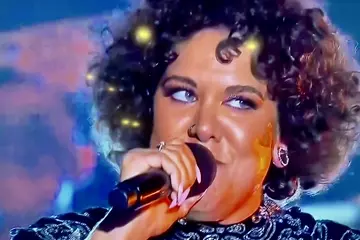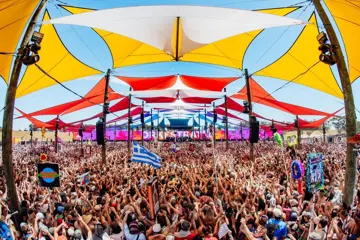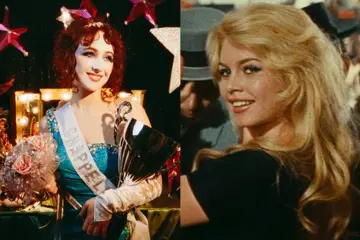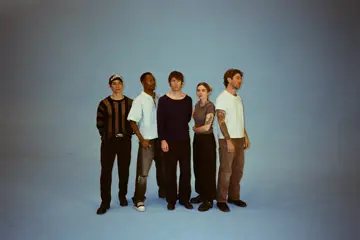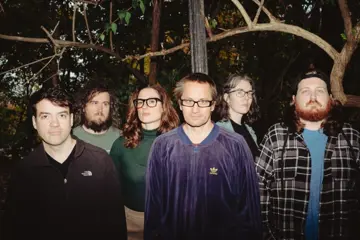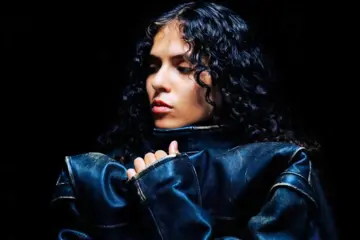The third Australian Festival Industry Conference was held for the first time in Sydney, at Luna Park on August 30 and 31, after being staged on the Gold Coast and Coffs Harbour.
The 2023 event was generally considered the best to date, drawing some major festival players and councils that held entertainment events, the topics tightened up to two days, and the 150+ delegates including those from the UK and Singapore.
The discussions cut a blue pencil through a wide range of topics, but here are some of the takeaways.
NSW promoters will find joy with NSW Government
It dawned on the live sector why Labor had amalgamated the arts, music & night-time economy, jobs and tourism under minister John Graham. His vision for NSW festivals to recover from the pandemic covers most of these.
“We have more to do for the city to reach its potential,” Graham said. “The festival sector is a core part of that. It’s already a strength but it’s part of the key to us reaching that potential.”
Don't miss a beat with our FREE daily newsletter
Labor’s approach to festivals is that culture is a human right; and festivals are right at the center of the state government’s shift in tourism from destination-driven (like to landmarks like the Opera House) to experience-driven.
“It’s with family and friends, and often after dark. People come, have an incredible time and can’t wait to come back again.”
Graham told the delegates, “This policy shift is aimed squarely at the festival sector. What you do is right in the middle of those experiences.”
Thirdly, aside from establishing Sounds NSW with $103 million funding to support the sector, there’ll be “significant regulatory reform” and a review of the previous government’s 2019 Music Festivals Act to continue to keep audiences safe but will be less penalising of music events.
Co-designing festivals with First Nations peoples
More promoters are learning that staging in an ancestral place is more than saying the right words.
The legendary festival director and indigenous arts executive Rhoda Roberts, a Widjabul woman from the Bundjalung territories, drew the boundaries at the conference.
“There are 350 nations around Australia, divided into skin groups and family groups. You have to speak to as many stakeholders, it can be challenging.
“(But) everyone has a songline that has a flag song with one rhythm, and we could show how that co-design works … and with male and female equal representation.”
Years back Roberts coined the term “welcome to country”. But it became a “token” phrase by governments and bureaucrats, she said. Now she uses “calling country” and “border control” as more apt.
Much of the framework for co-design goes back to what ancestors would have done to greet strangers to their lands.
Ceremonies include sweat rituals, water cleansing and smoking to give everyone the same smell, so as to not scare the animal inhabitants of the country.
When dealing with the new, “the key word is trust and it takes quite awhile to develop that.”
Coping with natural disasters
Bluesfest Byron Bay got closed down a day before because bureaucrats over-reacted to COVID. Festivals out in the desert unexpectedly got hit by thunderstorms.
Natural disasters come unexpectedly, in the shape of bushfires, flooding, La Nina, thunderstorms and lightning, and high winds. Earthquakes are an increasing possibility.
Getting insurance for the pandemic is impossible unless you promise your first born. Some companies demand bushfire cover even for indoor events.
“Expect the unexpected and include insurance in your budget,” warned Jason Holmes, who’s brokered insurance for 27 years for festivals, major events, entertainment, film, conference and exhibition industries, and founded H2 Insurance Solutions in 2007.
Clients include TEG, Frontier Touring, Regional Touring, Zaccaria Concerts & Touring, The Untitled Group, Chugg Entertainment, Bluesfest, Live Nation and Nitro Circus.
You can only affect what you can control, according to Holmes. “Don’t just think insurance when the natural disaster strikes, it’ll be too late.”
Rehearse your crisis communication
The crisis for your festival will come out of the blue – whether it’s the event or involves misbehaviour by one of the artists, or a dispute involving a sponsor.
“You must rehearse a plan to protect the festival brand in case that happens,” suggested Jake Challenor, CEO & co-founder of Sound Story. “You need a real crisis manager.
“You can’t rely on the festival’s publicist who will have no skills on answering the hard questions from an editor or news desk.”
How to hit harder with your event marketing
Study and understand your customer to hit most effectively.
20 percent of people will visit your website before making a purchase. Five percent will visit your website five times before making a purchase. But they’ll only view 20 percent of your website as they are going through.
45 percent of customers refer to socials before making a decision. 40 percent of Gen Z go for Tik Tok and Instagram to search rather than Google.
These figures were from Alana Hay, founder and managing director of Milestone Creative, on staying ahead of the event marketing pack.
Tools like Microsoft’s Clarity and Hotjar allow you to see where people are clicking on your website, “which is where you want to be putting your sales button or subscription button.”
There are tools to show how much your customers are scrolling before they click away. “Most are only looking at what’s on screen, even smaller when they’re looking through mobile,” Hay noted.
Remember the SEO, or Search Engine Optimiser, which is how Google will rank your website. It’s simple and free. When someone is typing in “events in Sydney” or “festivals with cool stuff,” make sure these are terms you put in your website (also your blogs, social media, Alexa or Google Home) that emphasise how unique your festival is so you can be found and ranked higher.
Check your site speed. The faster your website loads, the higher you’ll be ranked by Google. Images make up 20 percent of your website’s website. So compress images (and videos) to 20 to 50 kilobytes.
Share marketing with other kindred festivals and link each others’ websites.
You will obviously be sharing highlights and experiences from your festival your Facebook page. But also share that content with local tourism agencies, and third party Facebook and LinkedIn pages.
Keep the crowd happy even before they arrive
“A happy crowd is an easy crowd,” accentuated Roderick van Gelder, crowd safety consultant of Event Safety Institute Australia. “If you keep a crowd happy, they will follow simple instructions and behave the way you want them to behave.”
Another important lesson, he added, is “Your first interaction with them is at the gate. For the audience, the event started when they walked out of their front door. So we have to take their whole travel into consideration.”
If they came by car, and were stuck in a traffic jam for two hours because of your bad traffic management or there’s not enough parking spaces, they arrive in not the best moods.
Or at the gates, delay their entry because you haven’t got enough of your people there. Are the queues acceptable? If your gates can handle 100 patrons a minute and there are 200 waiting, have you got enough space at the gate before they start spilling onto the road?
Head here to purchase recordings of the sessions.



